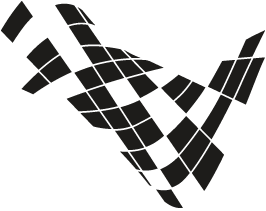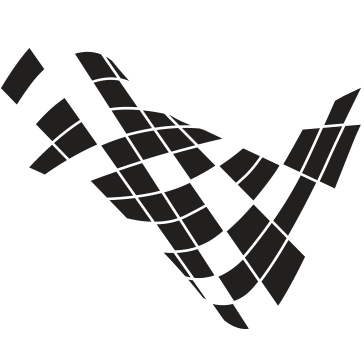PhD student studying machine learning applications for structural health monitoring, with a focus on active learning. I come from a engineering background, having completed a Masters in mechanical engineering at the University of Sheffield.
Research interests
- Machine learning
- Active learning
- Signal processing
- Data analytics
- Structural health monitoring
- Dynamics
Current research
The main aim of structural health monitoring (SHM) is the development of diagnostic systems capable of detecting and classifying structural degradation. Machine learning and artificial intelligence tools have become increasingly relevant to the field of SHM, as advanced pattern recognition algorithms can learn complicated relationships from system data whilst offering a variety of techniques for novelty detection.
When following a data-based approach to SHM, a lack of information representing the damaged structure can result in a significant under supply of measurements, or labels. This makes machine learning tasks - such as data classification - very difficult, as the information required for wholly supervised techniques is not available. Consequently, semi-supervised learning methods are particularly relevant to the remit of SHM.
Active-learning, or query-learning, is a semi-supervised machine learning approach; its main premise is that a learner can perform with increased efficiency, given less training data, if it can select the data from which it learns. This eliminates the time-consuming process of labelling large volumes of trivial data, but more importantly for SHM, active learning significantly reduces the need for extensive training sets.
The key concept behind active learning tools is summarised below:
- Provide unlabelled input data.
- By some querying component, determine which data carry the most information.
- Provide labels for these data.
- The learner is then trained on these informed data.

Figure: Visual representation of active learning steps.

